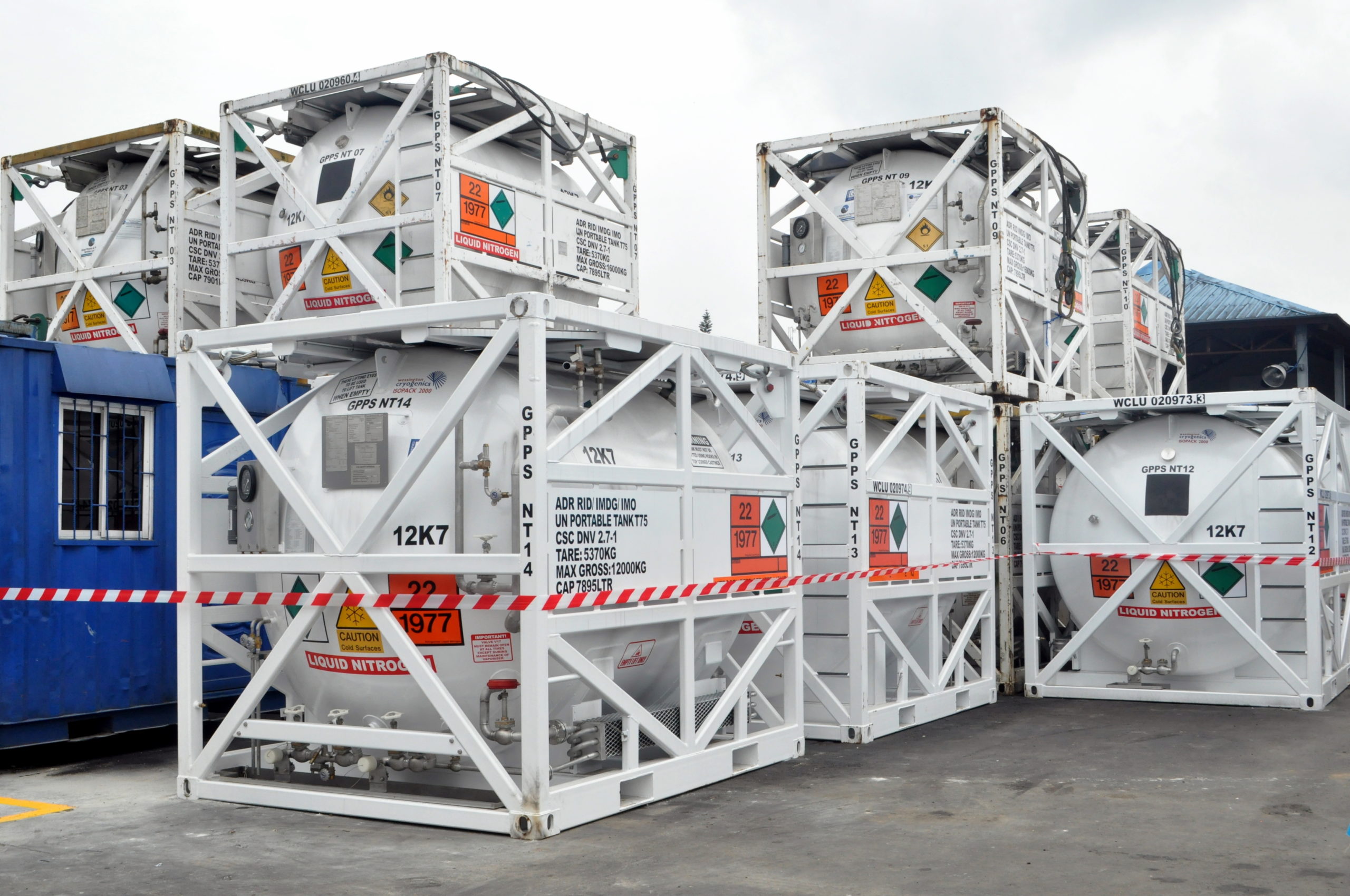Nitrogen Foam Inerting
GPPS’s nitrogen foam inerting is a simple yet effective process that enables hot work to be carried out on hydrocarbon handling systems completely safely during maintenance and shutdown operations. The nitrogen foam is injected into a process system at a low point and allowed to completely fill the tank, vessel and pipe work, rendering the internal atmosphere inert. On completion of hot work operation, the nitrogen foam degenerates into small amounts of water and gaseous nitrogen, meaning that nitrogen foam is completely biodegradable.
This service is used to produce a safe and inert environment within a system, which has contained hydrocarbons in order to allow cutting and welding to be performed in a safe manner. By trapping nitrogen gas within foam bubbles, it does not escape once the system has been cut open and thus prevents any oxygen from entering the system, so preventing any explosive risk.
Nitrogen foam Inerting is ideal for destruction, decommissioning and tie-in modification scopes of work as it allows the work to be completed safely and in a much shorter period than would be required if standard purge techniques were used.
The method used for foam Inerting is typically, to drain or displace all residual hydrocarbon liquids out of the system from the lowest point and then to inject the nitrogen foam. Cutting and welding operations may then commence and the level of nitrogen foam is continuously maintained throughout the work. On completion of the work, the foam can break down on its own, to leave a small residue of liquid in the bottom of the pipework
GPPS has a wide range of Nitrogen Pumping capability to deliver nitrogen foam inerting activities as shown below:



